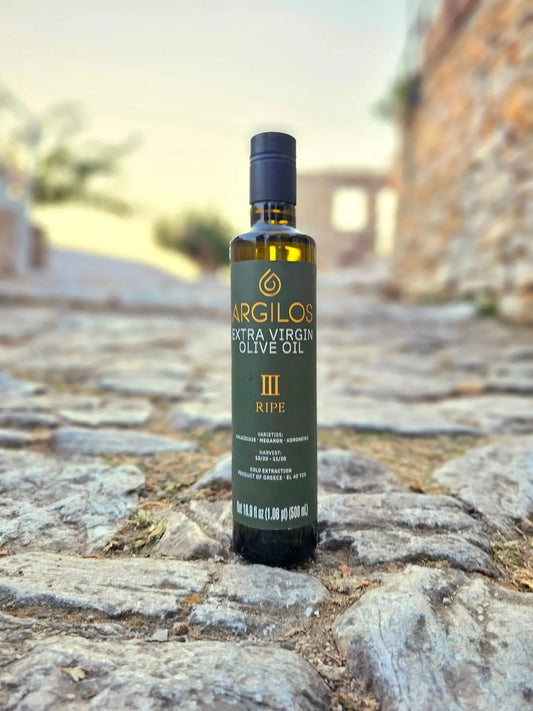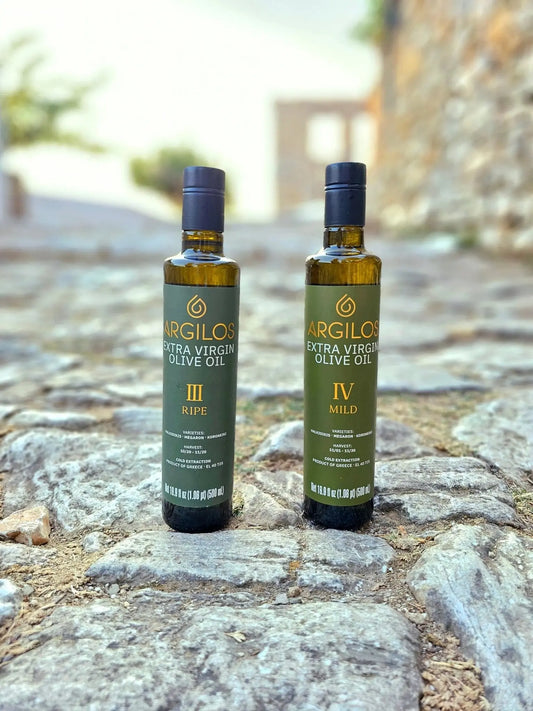
The Via Egnatia: Its Relation to Philippi and Mount Pangaion and Its Preservation Today
Share
The Via Egnatia: Its Relation to Philippi and Mount Pangaion and Its Preservation Today
The Via Egnatia, one of the most important and enduring Roman roads, played a significant role in shaping the history, economy, and culture of the regions it traversed. Among these, the Philippi and Mount Pangaion area stands out as an essential nexus of Roman military and trade activity. Connecting the Adriatic Sea in the west to Byzantium (modern-day Istanbul) in the east, the Via Egnatia linked several critical cities and regions, including Philippi—a city of immense historical importance—and the fertile lands surrounding Mount Pangaion. This essay delves into the historical relationship between the Via Egnatia and the Philippi and Mount Pangaion region, its economic and cultural significance, and how the legacy of this connection is preserved today.

The Via Egnatia: A Path of Military, Economic, and Cultural Exchange
The Via Egnatia, constructed in the 2nd century BCE under the command of the Roman consul Gnaeus Egnatius, was designed to facilitate the swift movement of Roman legions and foster trade across the eastern Mediterranean. The road stretched approximately 1,120 kilometers, passing through what are now Albania, North Macedonia, Greece, and Turkey. It connected the major port of Dyrrhachium (modern-day Durrës, Albania) to Byzantium, weaving through several significant cities such as Thessalonica, Apollonia, and Philippi. Along its route, the Via Egnatia facilitated not only military campaigns and the Roman Empire's expansion but also an exchange of goods, ideas, and cultural practices across diverse peoples and regions.
For Philippi and the surrounding region of Mount Pangaion, the Via Egnatia played a crucial role in the city’s political and economic development. The road passed close to the city, which became a prominent urban center in the eastern Roman Empire. Philippi, strategically located near the foothills of Mount Pangaion, benefitted immensely from its position on this vital trade route. The city was well-placed to export goods such as olive oil, wine, and other agricultural products, while also gaining access to imports from across the empire. The Via Egnatia facilitated the movement of not just commodities but also ideas, leading to a melding of cultures and the spread of Roman governance and the early Christian faith.

Philippi and Mount Pangaion: A Rich Legacy
The city of Philippi, founded in the 4th century BCE and later expanded by the Romans, owes much of its prosperity to its location along the Via Egnatia. One of the critical features of the Philippi region is the fertile land surrounding Mount Pangaion, which was ideal for agriculture, particularly olive cultivation. Olive oil from the area was renowned for its high quality, making it a valuable commodity traded along the Via Egnatia. The fertile soils of Mount Pangaion, coupled with the city’s location on the Via Egnatia, positioned Philippi as a key player in the economic exchange between the western and eastern parts of the Roman Empire.
The mountain itself, Mount Pangaion, was also historically significant due to its mineral wealth, including gold and silver deposits. These resources contributed to the wealth of Philippi, which became a key Roman colony and a thriving trade hub. The area’s connection to the Via Egnatia allowed Philippi to grow in importance and flourish as a strategic and commercial center.
Beyond its economic importance, Philippi holds a deep cultural and historical legacy. The city is perhaps most famous for the Battle of Philippi in 42 BCE, where the forces of Mark Antony and Octavian (the future Augustus) defeated those of Brutus and Cassius, the assassins of Julius Caesar. This battle marked a turning point in Roman history, leading to the establishment of the Roman Empire. Furthermore, Philippi is notable in Christian history as the first European city where the Apostle Paul preached, marking the spread of Christianity in the Balkans and beyond.

Preservation of the Via Egnatia and Its Significance Today
Today, the Via Egnatia remains a symbol of the enduring connection between the past and the present in the Philippi and Mount Pangaion region. Though much of the ancient road has been worn down by time, segments of it are still visible and accessible, offering a window into the past. The preservation of these remnants, along with the nearby archaeological sites, helps to maintain the historical and cultural significance of the area.
In Philippi, the ancient ruins are well-preserved, drawing tourists and scholars from around the world. The archaeological site includes remnants of Roman baths, a theater, and the famous Basilica of St. Paul, among other structures. The ancient road’s role in connecting Philippi to other Roman cities is evident in the remaining sections of the Via Egnatia, which can still be followed today in parts of modern Greece. These ruins stand as a testament to the city's important role in the ancient world and offer valuable insight into the daily lives of the people who lived and worked there.
In the region around Mount Pangaion, the agricultural traditions of ancient times are still present today. Olive oil production continues to be a vital part of the local economy. The fertile lands once used by the Romans are still cultivated, and the high-quality olive oil produced from this region carries the legacy of ancient farming practices. The link between the Via Egnatia and the region’s agricultural production remains strong, as the trade of olive oil and other goods continues to be a hallmark of the area.
Moreover, Mount Pangaion’s ecological preservation has become a focus of modern conservation efforts. The mountain's rich biodiversity, as well as its historical and cultural significance, have led to initiatives aimed at protecting the region's natural and historical resources. Efforts to preserve the ancient remnants of the Via Egnatia, as well as the surrounding landscape, contribute to maintaining the area's identity as a vital crossroads in the ancient world.








